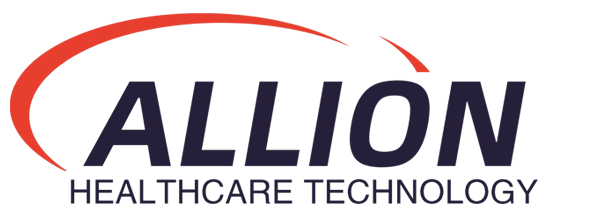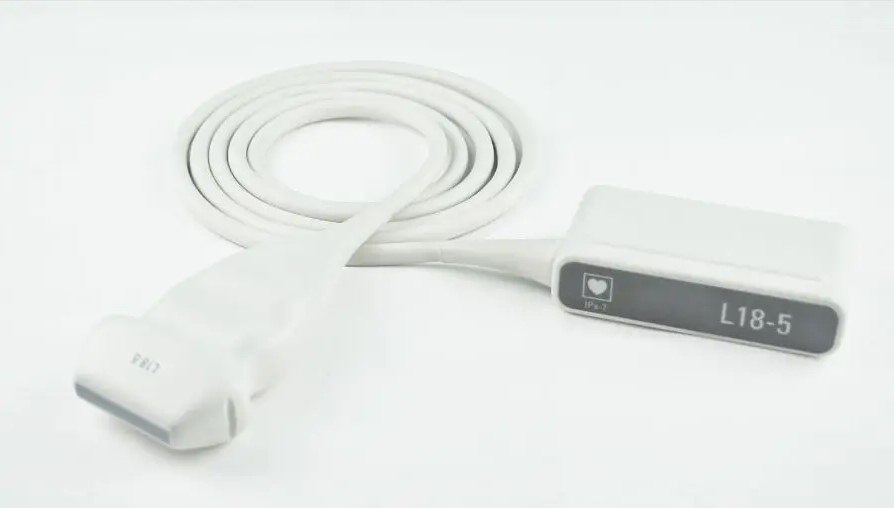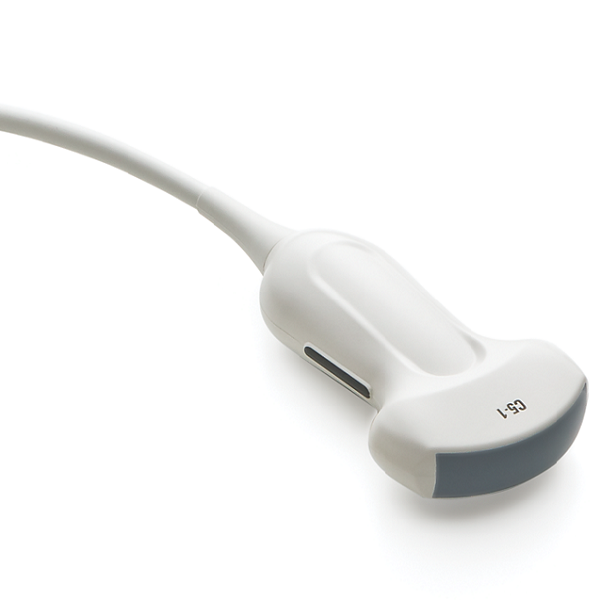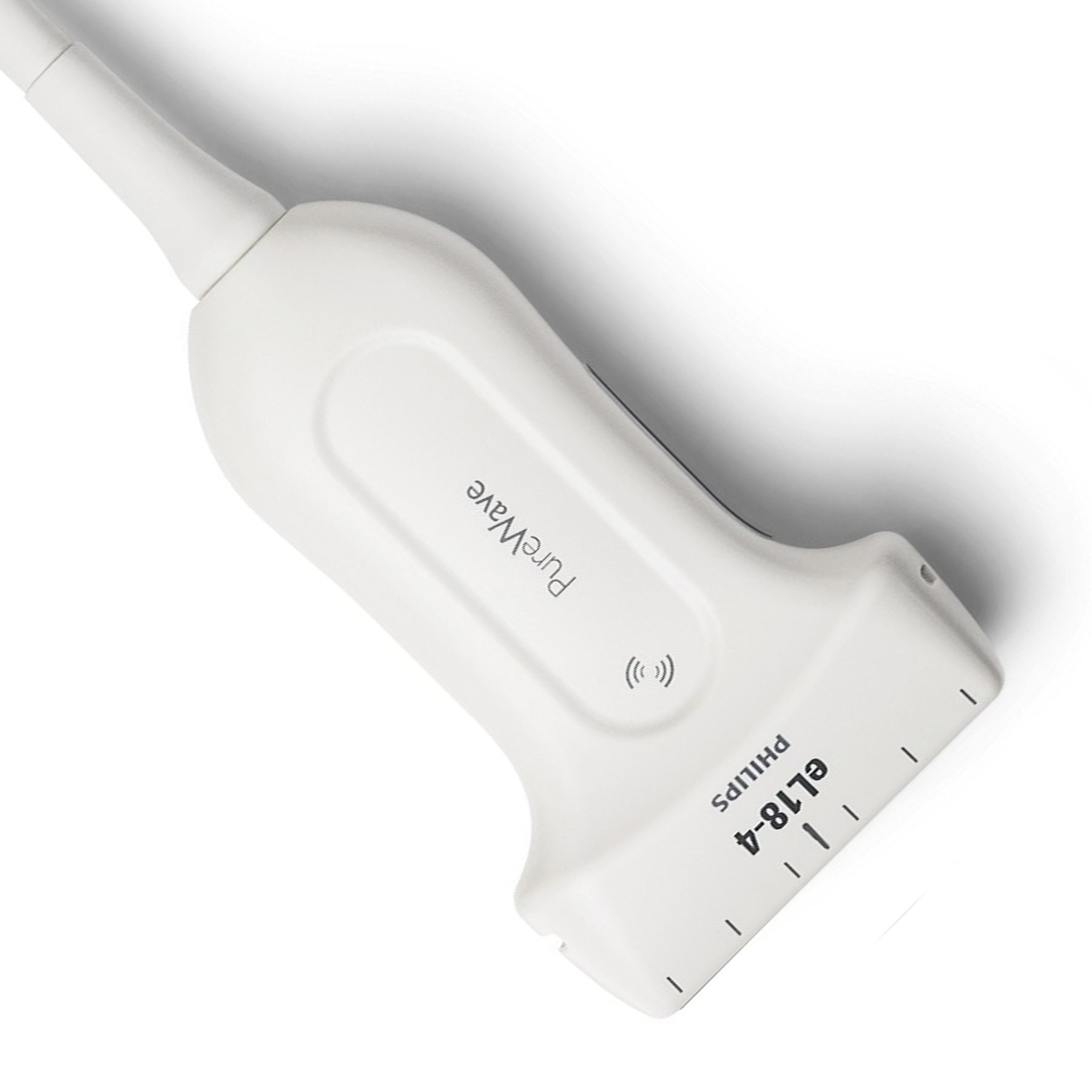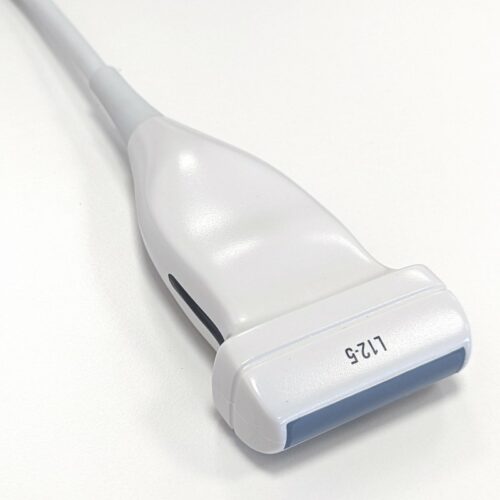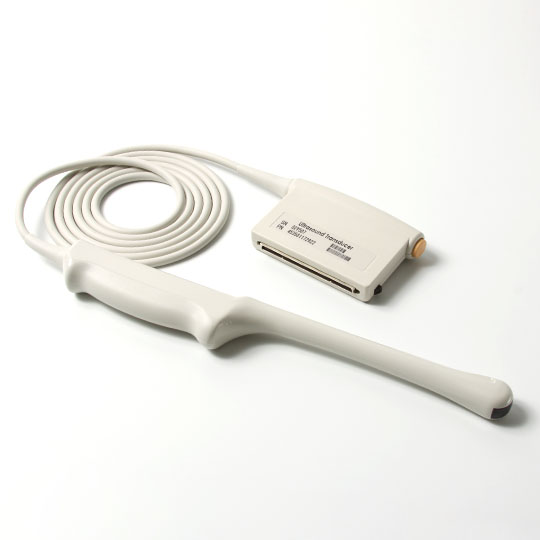Ultrasound technology has transformed the realm of medicine by allowing healthcare workers to see inside human body structures without intrusive treatments. Ultrasound probes, also known as transducers, are critical components of this technique. They are essential components of ultrasound machines, and their versatility makes them indispensable in various medical applications. This article explores the wide range of applications of ultrasound probes in modern medicine.
Obstetrics And Gynecology
Ultrasound probes are quite useful in obstetrics and gynecology. They let obstetricians to closely monitor the growth of the fetus during pregnancy. Obstetric ultrasonography can assist establish the fetus' gestational age, screen for multiple pregnancies, examine the location of the placenta, and measure amniotic fluid levels. Furthermore, it's through ultrasound that expectant parents often get their first glimpse of their unborn child. Ultrasound probes in gynecology assist in the diagnosis and monitoring of various conditions, such as ovarian cysts, fibroids, and endometriosis.
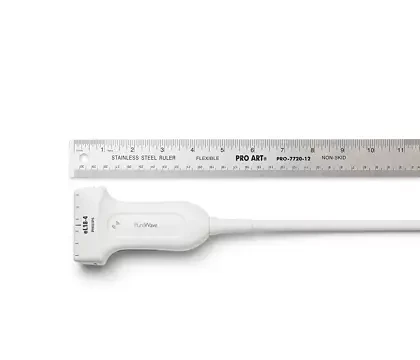
Cardiology
Cardiac ultrasonography, often known as echocardiography, is an important use of ultrasound probes in cardiology. Cardiologists can use these probes to get detailed pictures of the heart's chambers, valves, and blood flow patterns. Echocardiography helps diagnose and monitor heart conditions, such as coronary artery disease, heart valve defects, cardiomyopathies, and congenital heart defects.
Abdominal Imaging
Ultrasound probes are frequently used to examine abdominal organs such as the liver, gallbladder, pancreas, and kidneys. They provide a non-invasive means of detecting conditions such as tumors, cysts, and inflammation. These probes are utilized for guided treatments such as biopsies and drainage in addition to diagnostic imaging.
Musculoskeletal Imaging
Orthopedic and sports medicine professionals employ ultrasound probes to diagnose and monitor musculoskeletal injuries. They help visualize structures such as tendons, ligaments, and joints in real-time. This is especially useful for diagnosing diseases such as rotator cuff tears, Achilles tendon injuries, and joint inflammation. Ultrasound-guided injections are widely used to ensure that drugs are given precisely to the afflicted region.
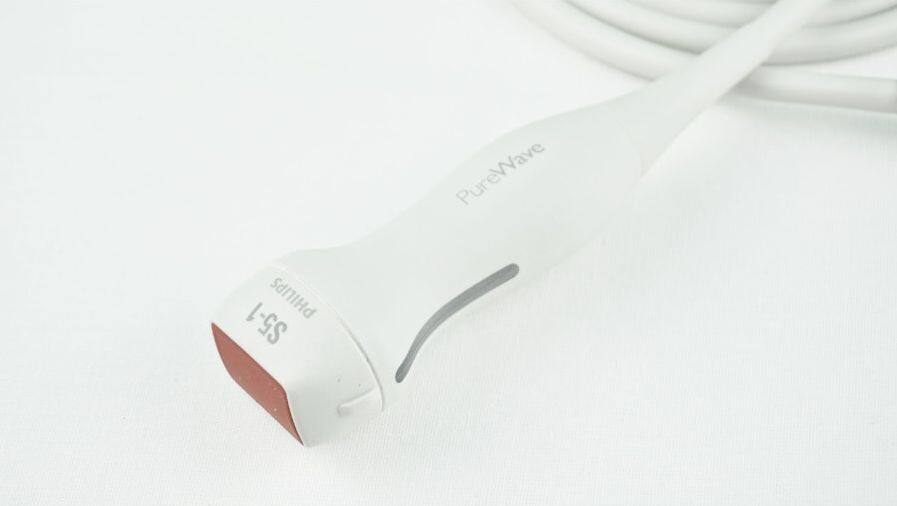
Vascular Studies
Ultrasound probes are essential in the realm of vascular studies. They play a significant role in the evaluation of blood vessels and circulatory disorders. Doppler ultrasound, which measures the speed and direction of blood flow, is used to assess conditions like deep vein thrombosis, carotid artery disease, and peripheral artery disease. These probes aid in the design of treatment plans and actions by determining the degree and location of arterial blockages.
Urology
In urology, ultrasound probes are used for imaging the kidneys, bladder, and prostate. They help detect and assess various conditions such as kidney stones, tumors, and abnormalities in the urinary tract. Ultrasound is very useful for guiding prostate biopsies and ensuring proper sample collection for correct diagnosis.
Ophthalmology
In ophthalmology, ultrasound probes come into play when the view of the eye's structures is obstructed due to factors such as trauma or cataracts. Ophthalmic ultrasonography, also known as ocular ultrasound, allows ophthalmologists to see the retina, lens, and vitreous fluid.
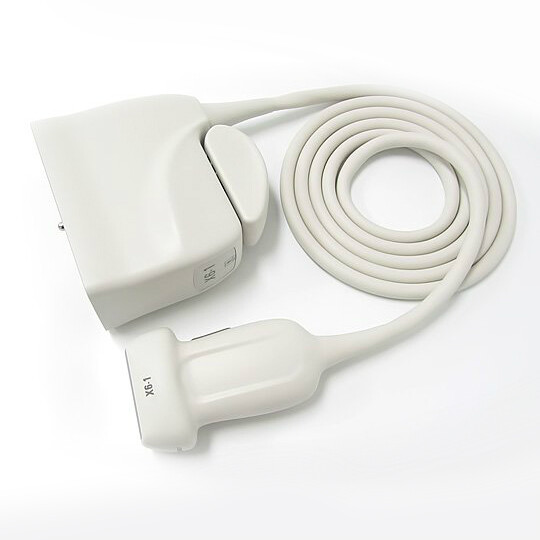
Philips X6-1 Matrix Array Transducer
Anesthesiology
Anesthesiologists utilize ultrasound probes in guiding regional anesthesia procedures. These probes assist in locating nerves and understanding their anatomical variations, helping to improve the accuracy of nerve blocks and pain management. Anesthesiologists may accurately administer local anesthetics while assuring adequate pain management during surgery while reducing problems and adverse effects by seeing the target region in real-time.
Emergency Medicine
In the fast-paced environment of emergency medicine, ultrasound probes are indispensable for the rapid assessment of trauma victims and the swift identification of critical conditions. These probes facilitate point-of-care diagnostics, enabling clinicians to make timely decisions that could be the difference between life and death. Their non-invasive nature and portability make them ideal for emergency settings, where every second counts. Point-of-care ultrasound, which can be performed at the patient's bedside, is an invaluable tool for quickly evaluating abdominal aortic aneurysms, pericardial effusion, pneumothorax, and other emergencies. The speed and accuracy of ultrasound in these situations can be life-saving.
Interventional Radiology
Ultrasound probes are used by interventional radiologists to guide minimally invasive operations. The real-time image afforded by ultrasonography is essential while performing biopsies, drainage, catheter placements, or vascular procedures. It ensures that procedures are performed with precision and safety, reducing the risk of complications and the need for open surgery.
Conclusion: Enhancing Diagnostic Accuracy with Advanced Ultrasound Probes
In the ever-evolving field of medical diagnostics, ultrasound probes stand out as pivotal instruments. Their advanced capabilities allow for a broad spectrum of applications, ensuring that practitioners can offer patients comprehensive care with improved diagnostic accuracy. For those seeking to expand their diagnostic tools, our selection of ultrasound probes caters to a wide range of medical specialties. Discover the latest in ultrasound technology and elevate the standard of patient care by visiting our website for more information on our products.
 English
English
 Русский
Русский
